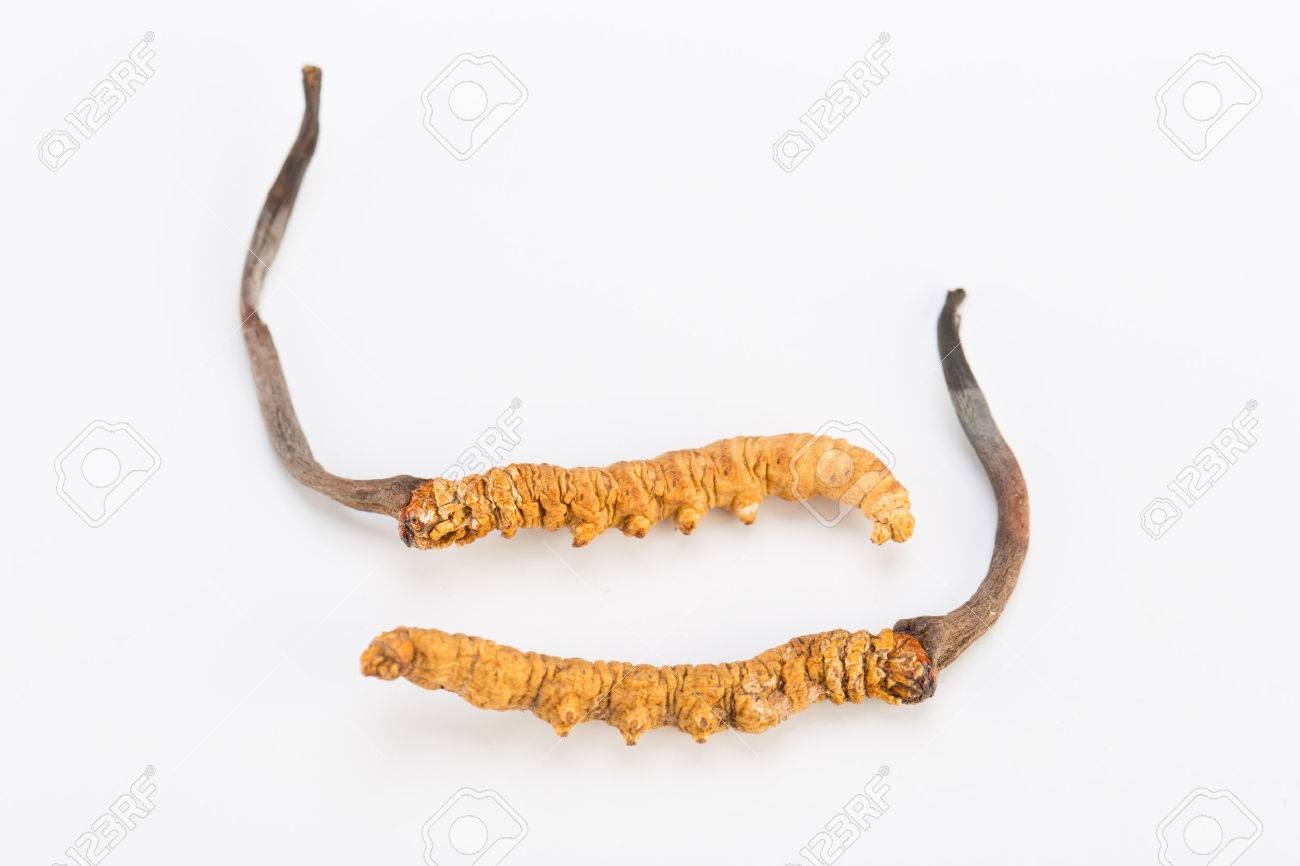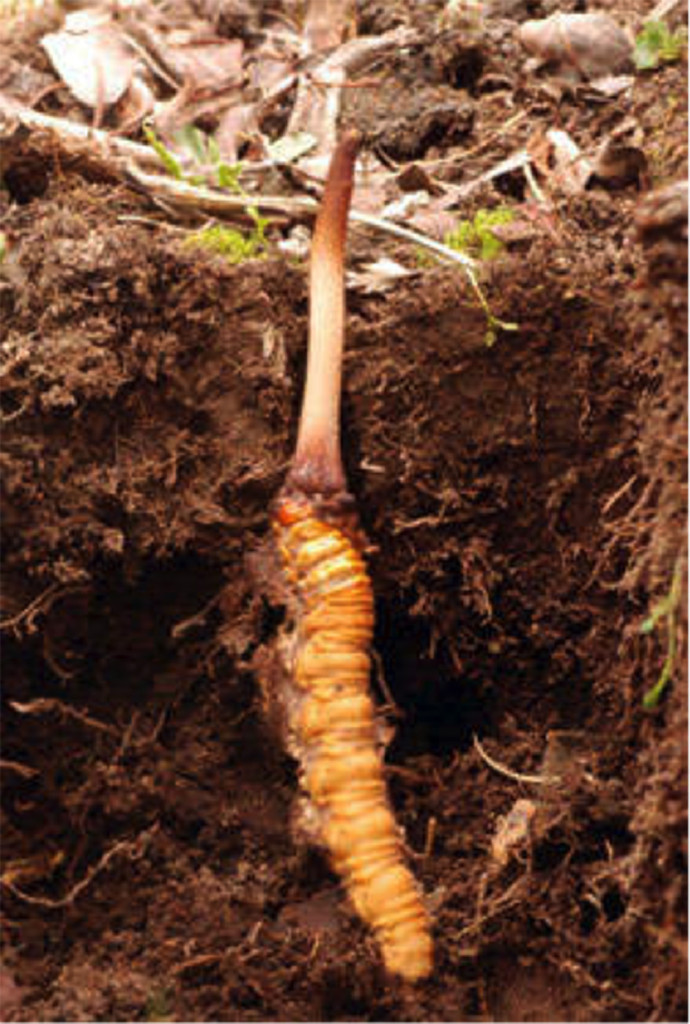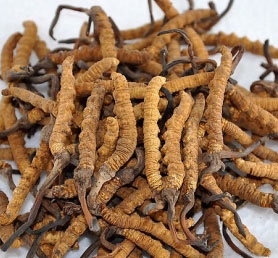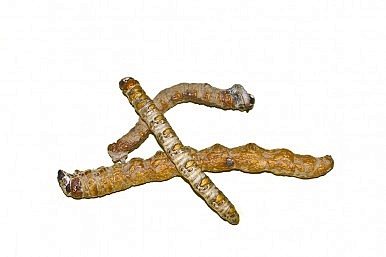Description
In Nepal, caravans of people can be seen climbing higher up the snow-capped Himalayas, carrying blankets, tents and cooking materials. Schools are closed and entire villages are emptied, aside from the elderly and the sick who cannot handle the harsh, steep and long trek thousands of meters above sea level. When the annual yarsagumba harvesting season hits, all available hands and eyes become engaged in the lucrative hunt.
Yarsagumba is a unique caterpillar-fungus fusion that occurs when parasitic mushroom spores (Ophiocordyceps sinensis) infect and mummify a ghost moth larva living in the soil. A spindly fungus later sprouts from the dead caterpillar host’s head. Two to six centimeters long, the fungus shoots above the soil, acting as a tiny, finger-shaped flag for harvesters to find. This peculiar hybrid is the world’s most expensive biological resource. Yarsagumba thrives in the picturesque peaks of the Himalayas, at altitudes of between 3000 and 5000 meters, in Nepal, India and Bhutan, and also on the “roof of the world” — the Tibetan Plateau. In Tibet, it’s called “Yartsa gunbu,” which translates to “summer grass winter worm.”










Reviews
There are no reviews yet.